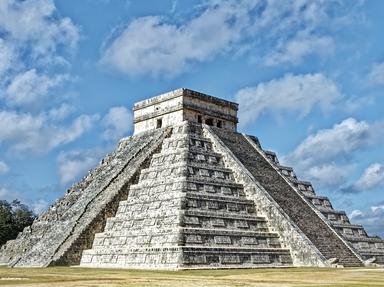
Mexican Lakes: North to South Trivia Quiz
Mexico City was famously built over Lake Texcoco, but the country has many other lakes throughout its territory. This quiz asks you to order ten lakes based on their geographic location, beginning from the northernmost lake. Good luck!
An ordering quiz
by Lpez.
Estimated time: 3 mins.
- Home
- »
- Quizzes
- »
- Geography Trivia
- »
- North America
- »
- Mexico